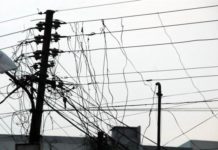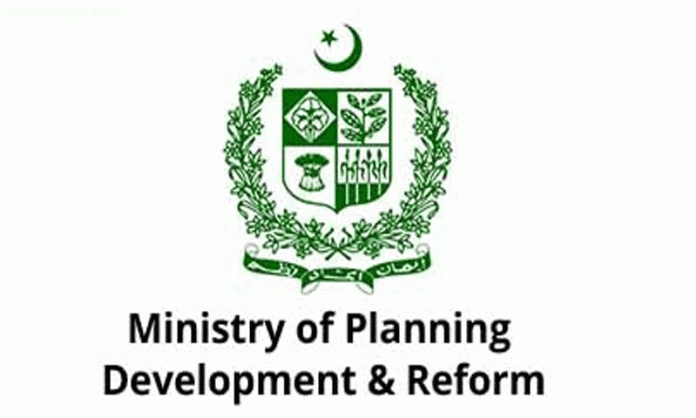ISLAMABAD
The Planning Commission believes that water conservation can play an important role in sustaining agricultural development. This requires substantial improvements in water use efficiency, choice of suitable cropping pattern, growing water-efficient crops and introducing modern irrigation application techniques (trickle. sprinkler etc.)
Planning Commission Deputy Chairman Sartaj Aziz said that the future development of the country depends on water resources expansion and management of which the Federal Government is playing its role. The unchecked growth of population had increased pressure on land and water resources throughout the world; thus, it has become imperative to conserve our water supplies, was further said by Aziz.
In the recent CDWP meeting held at Planning Commission chaired by Aziz, four water projects were approved which includes two position papers. The projects include Construction of Abato, Daisara and Sanzala Dam Chaman, Killa Abdullah. The project aims to construct check dams at three different sites in Southeast from Chaman Town to store flood water and recharge groundwater aquifer. The project will be completed in a period of 18 months at a cost of Rs 300 million. CDWP approved Construction of Small Storage Dams, Retention Weirs and I.S.S.O Barrier in Sindh with a total cost of Rs 886 million. The objective of the project is to conserve/store rain flood water to raise the subsoil water and supplement the existing barani irrigation system which will provide recreational and employment facilities to the local people.
In addition, CDWP approved one position paper and recommended one to the ECNEC which includes Establishment of Pakistan Glacier Monitoring Network and Command Area Development Kurram Tangi Dam with a cost of Rs 892 million and Rs 5091 million respectively. The expected output of the projects is the establishment on-form irrigation system that ensures efficient use of water achieves, enhanced the productivity of fields, improving processing capability, and strengthening of the monitoring of river flows and the weather conditions in the glaciated area of the Upper Indus Basin.
























